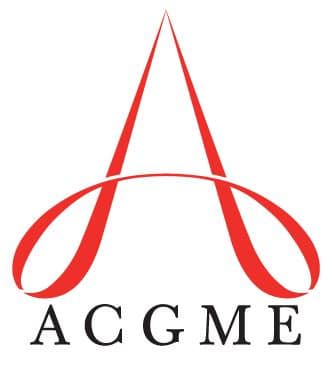I wanted to share what the accreditation council for graduate medical education (ACGME) deems to be “minimums” for anesthesiology residents to perform over the course of their residency training.
- Cardiac
- Cardiac cases with cardiopulmonary bypass: 10 cases
- Cardiac cases: 20 cases
- C-sections (regular and high risk): 20 cases
- Epidurals (including combined spinal-epidurals): 40 procedures
- Intracerebral (endovascular, open nonvascular, and open vascular): 20 cases
- Intracerebral Open (nonvascular or vascular): 11 cases
- Intrathoracic Non-Cardiac: 20 cases
- “…including pulmonary surgery and surgery of the great vessels, esophagus, and the mediastinum and its structures.”
- Pain Evaluations (acute, chronic, cancer): 20 evaluations
- Peripheral Nerve Blocks (single shot and continuous catheters): 40 procedures
- Spinals (including combined spinal-epidurals): 40 procedures
- Vaginal Deliveries (regular and high risk): 40 cases
- Vascular, Major Vessels (endovascular or open): 20 cases
- “…including carotid surgery, intrathoracic vascular surgery, intra-abdominal vascular surgery, or peripheral vascular surgery.”
- Life-Threatening Pathologies: 20 cases
- Pediatrics
- < 3 months old: 5 patients
- < 3 years old: 20 patients
- < 12 years old: 100 patients
Drop me a comment below with questions! 🙂







I am currently a CA-1, and I have some questions about the details of these cases.
1. When it comes to cardiac w/o bypass do TAVIs and other interventionalist procedures count?
2. When it comes to major vessels? Which vessels? Is it only aorta? What about carotids, subclavian, femoral?
3. I do not see advance monitoring on this list? Like TEEs or if they use MEP or SSEP? These do not seem to show in this list.
4. Do you think liver transplants and trauma cases, should be included? Or do you think that the designator as life-threatening pathology is a good surrogate for this?
Thank you.
Hey Marco, admittedly the case logs system has changed since I was a resident, and I had to do some browsing to find some answers. Check out this document from the ACGME: link to article
I addended the original post with some of the specifics including what constitutes a “major vessel.” Most of the traumas I dealt with as a resident were penetrating, life-threatening injuries, so yes, it covered that requirement. When I think of cardiac w/o bypass, I’m thinking about off-pump CABGs/VADs/lung transplants, mechanical circulatory support device placement (Impella placement with TEE), etc. I had plenty of these as a resident, so I didn’t have to consider other procedures like structural heart cases as a substitute (and honestly, my first instinct is to consider them separately).
I’m not sure how the ACGME is phrasing things these days, but I’d consider evoked potentials, TEE, EEG, etc. as specialized perioperative techniques.
Thank you. This is very helpful. Sometimes when you are new, is hard to categorize.